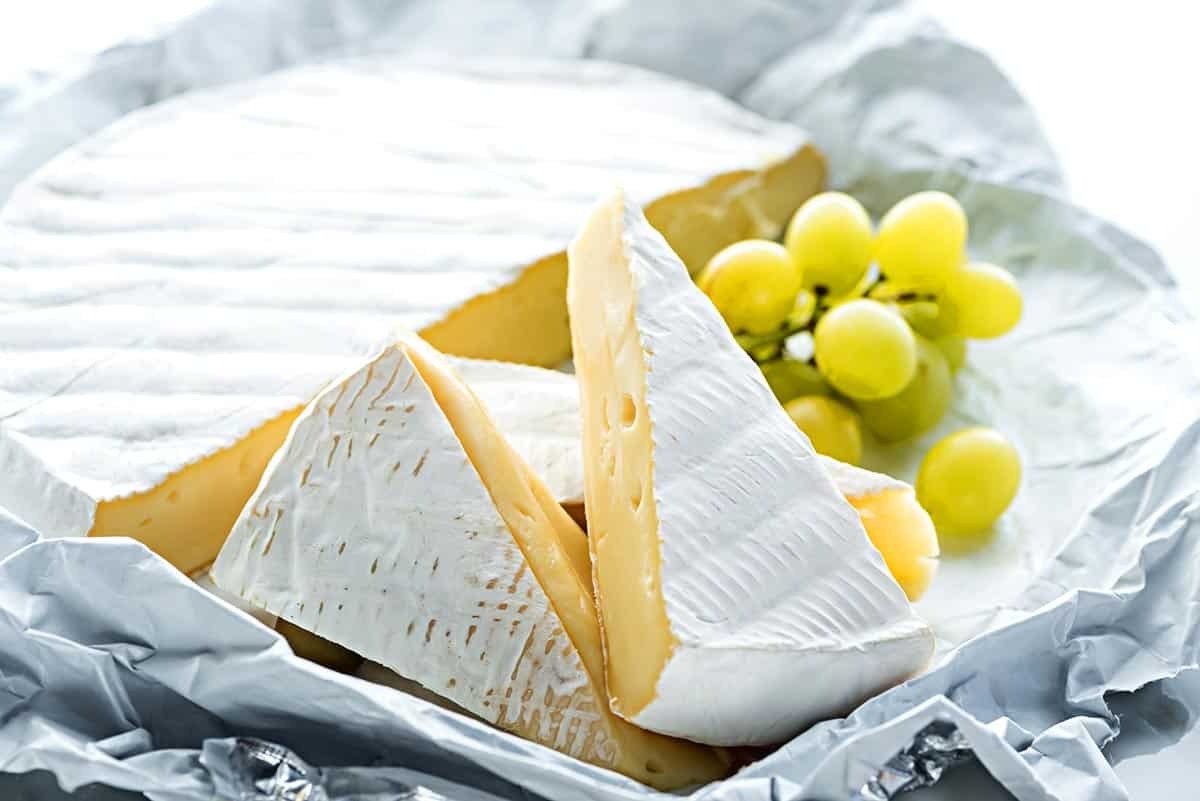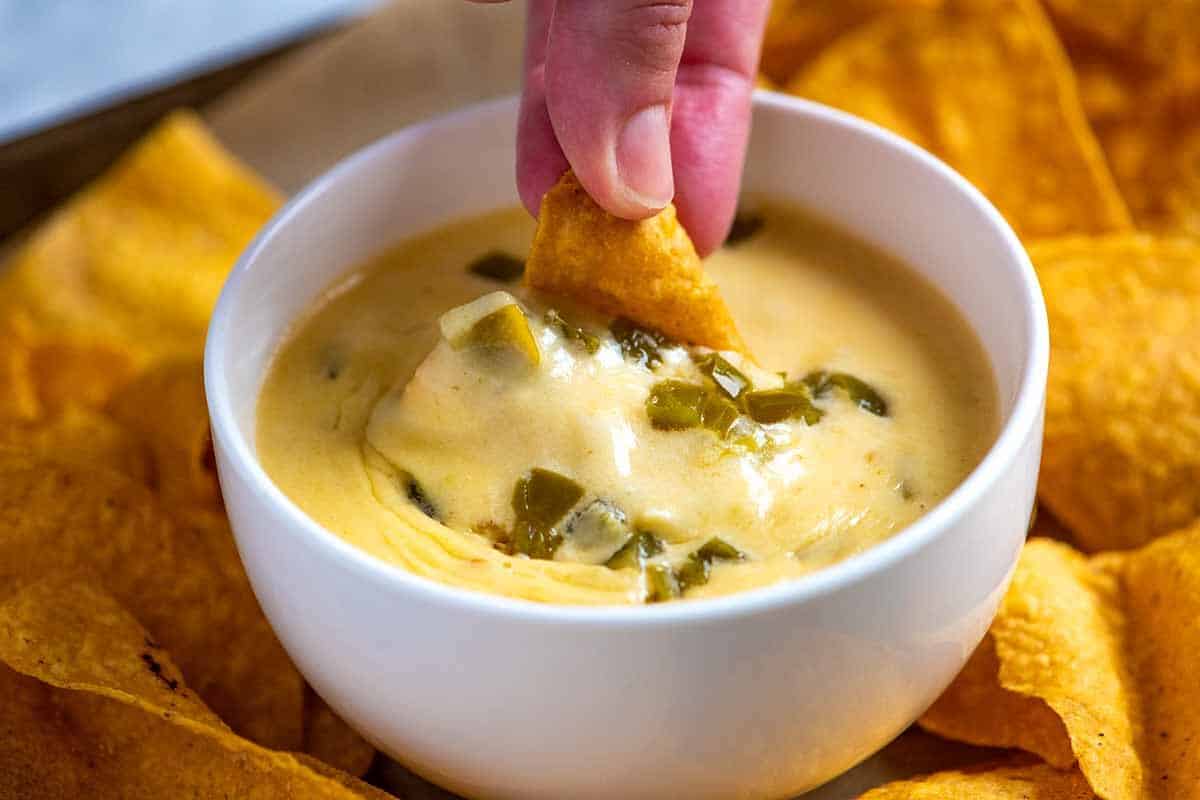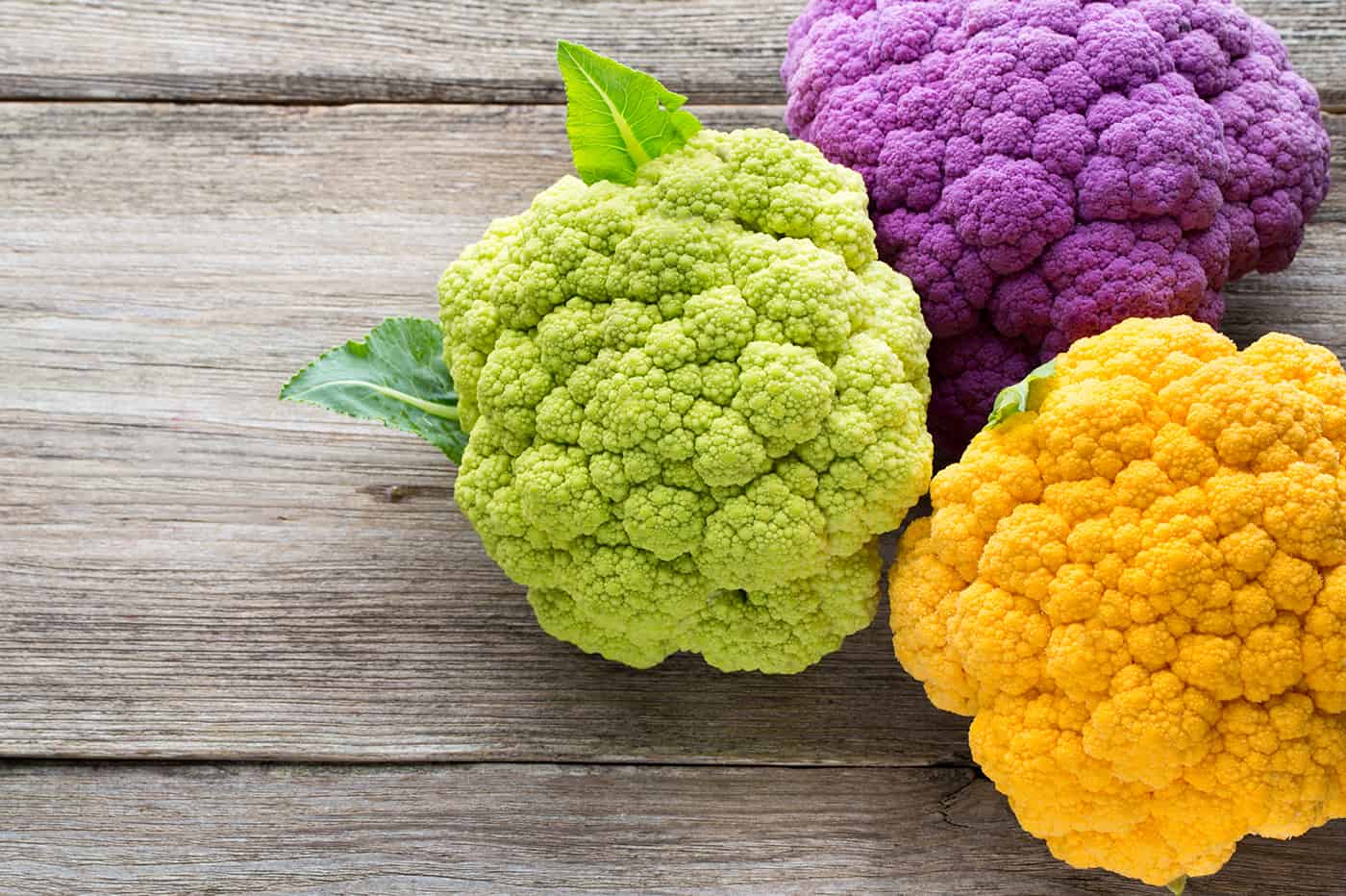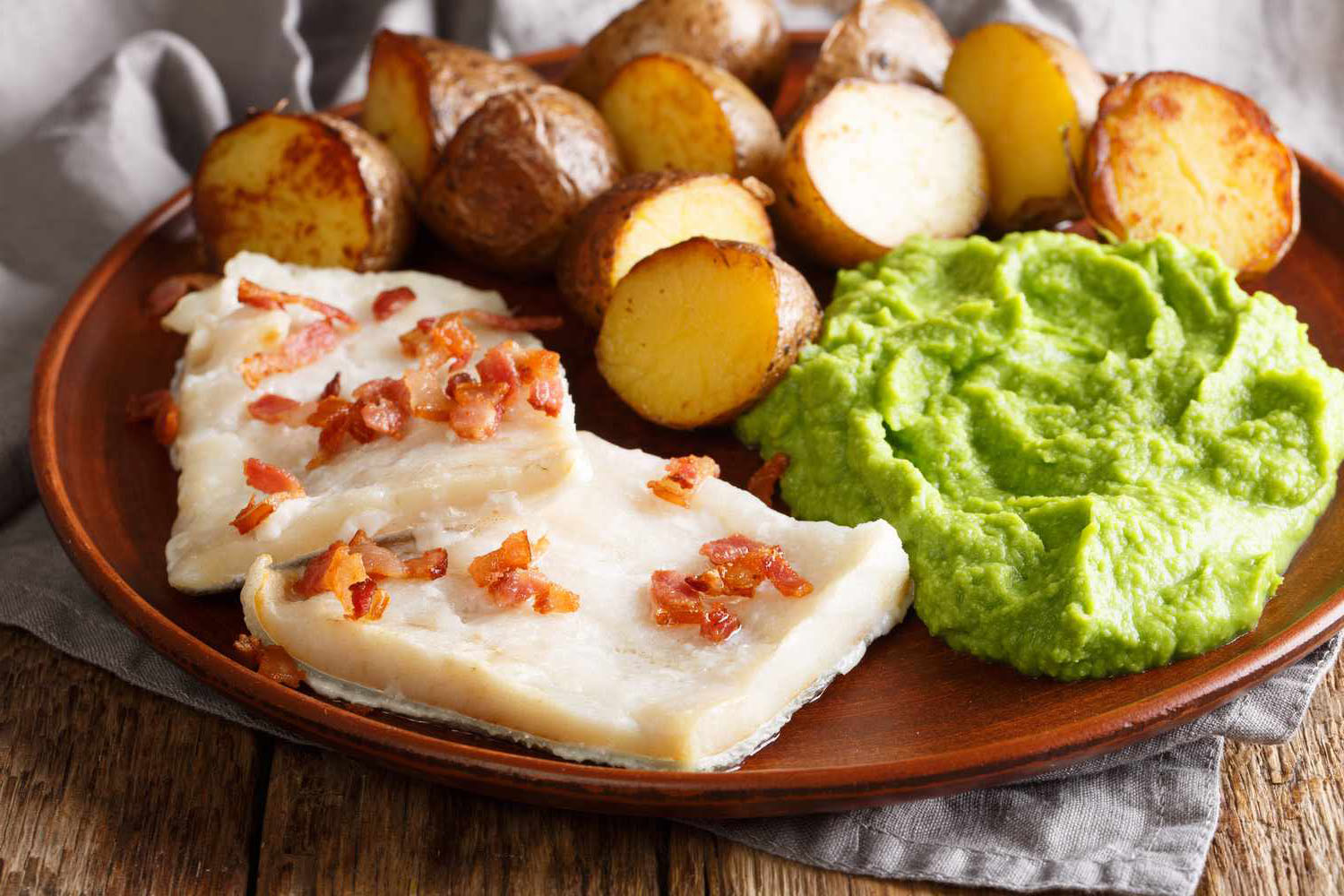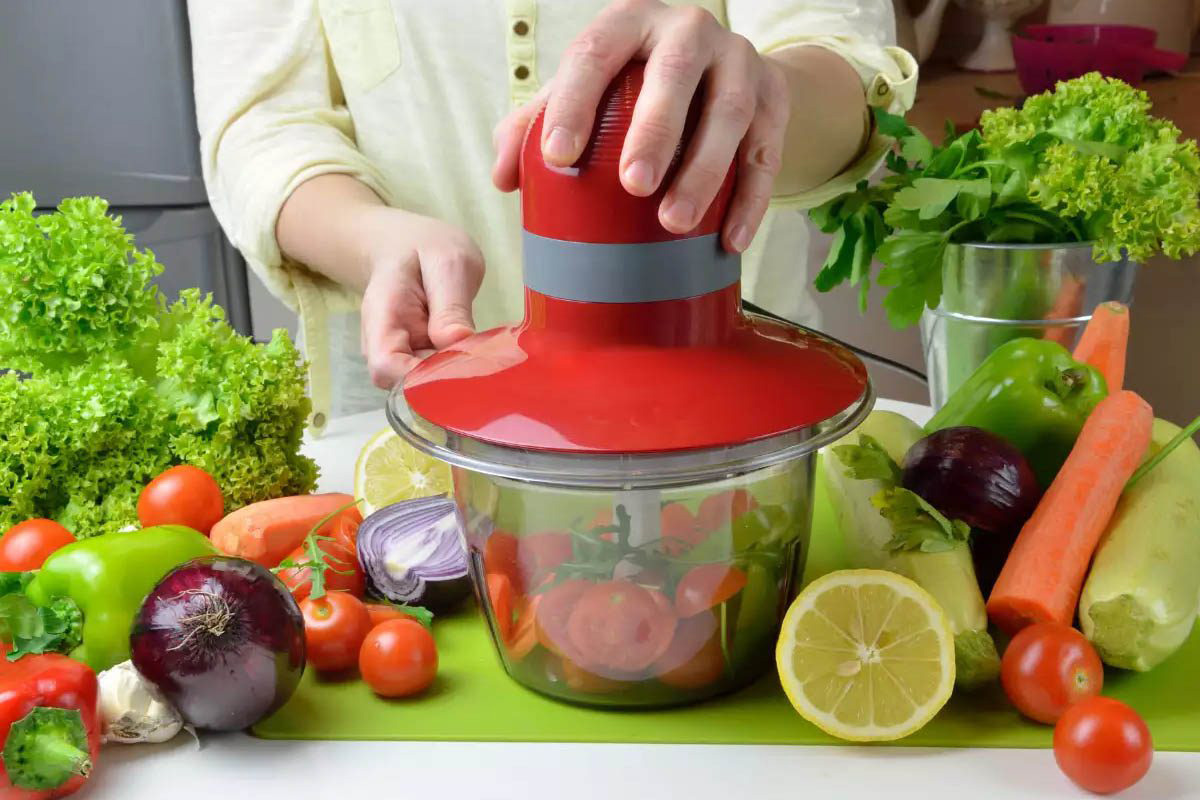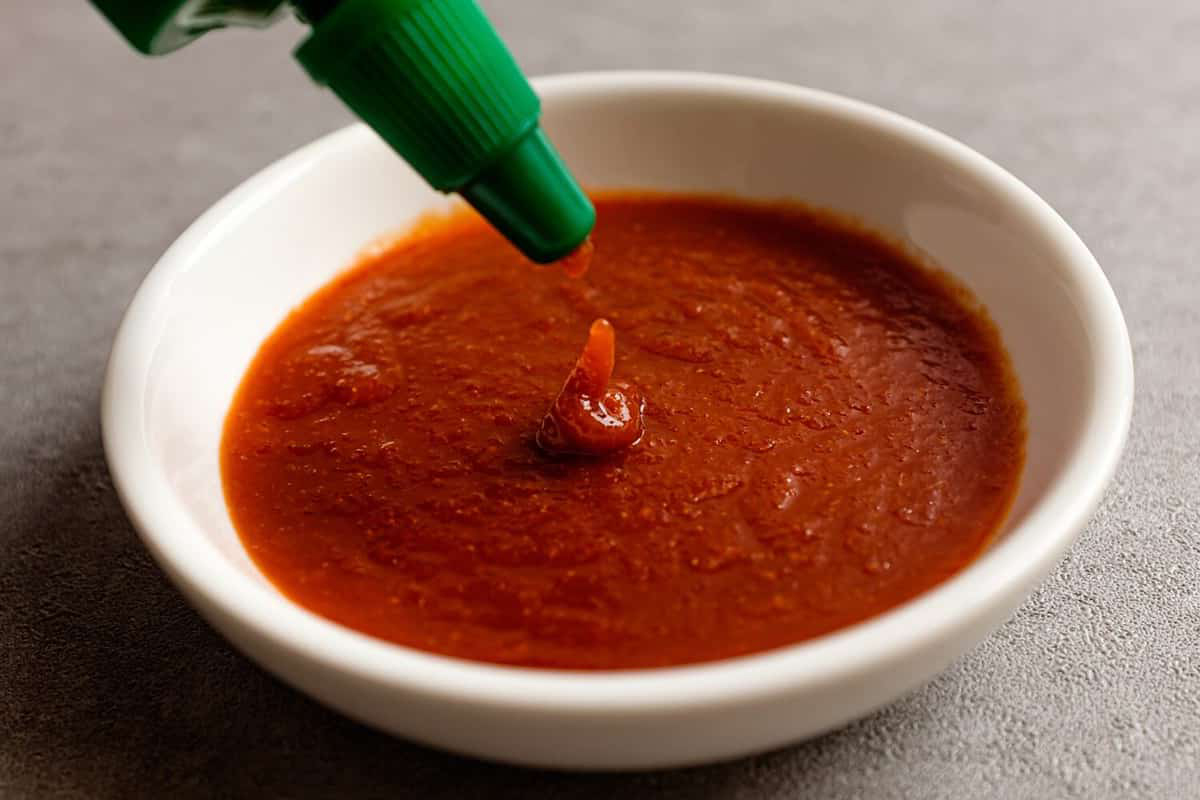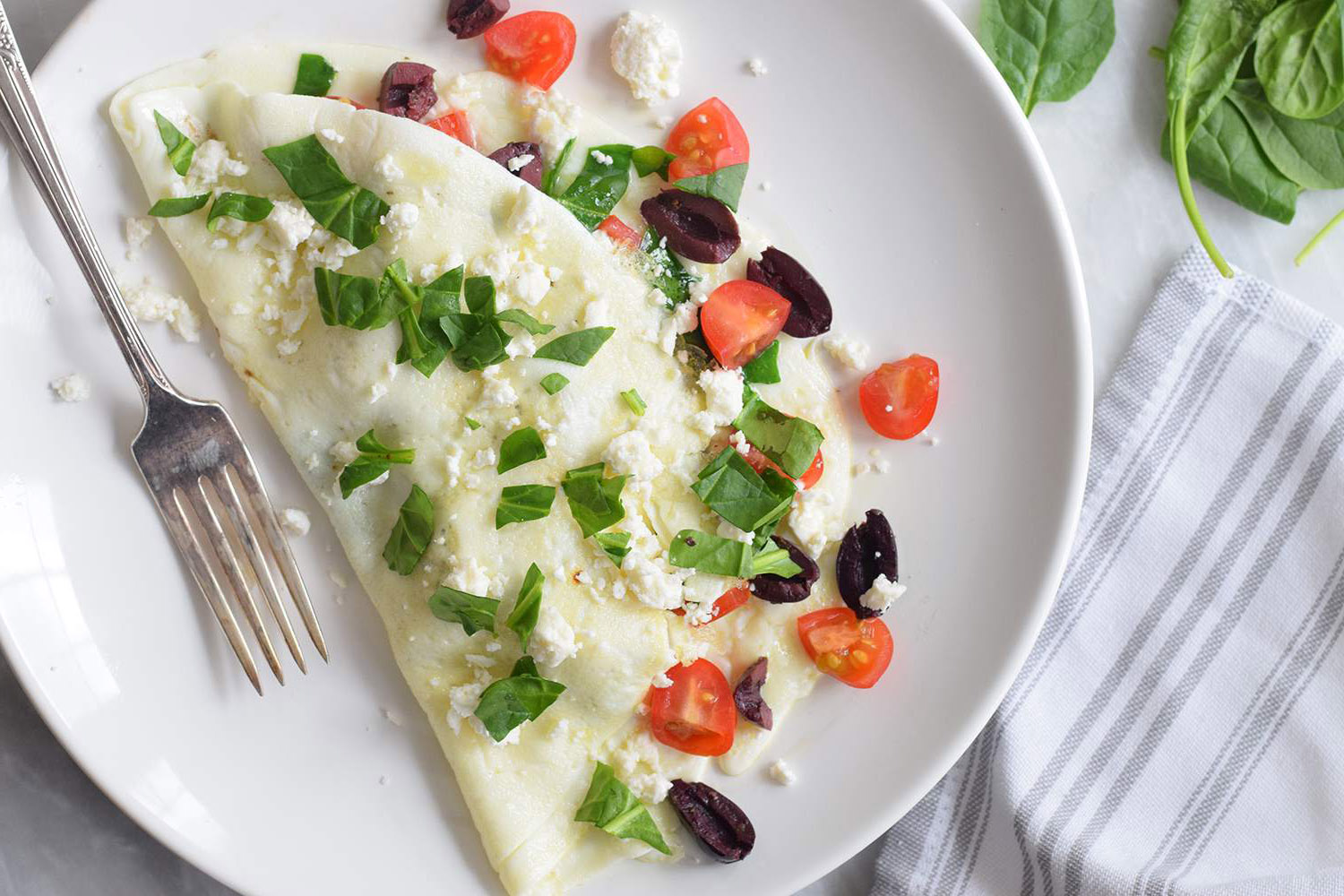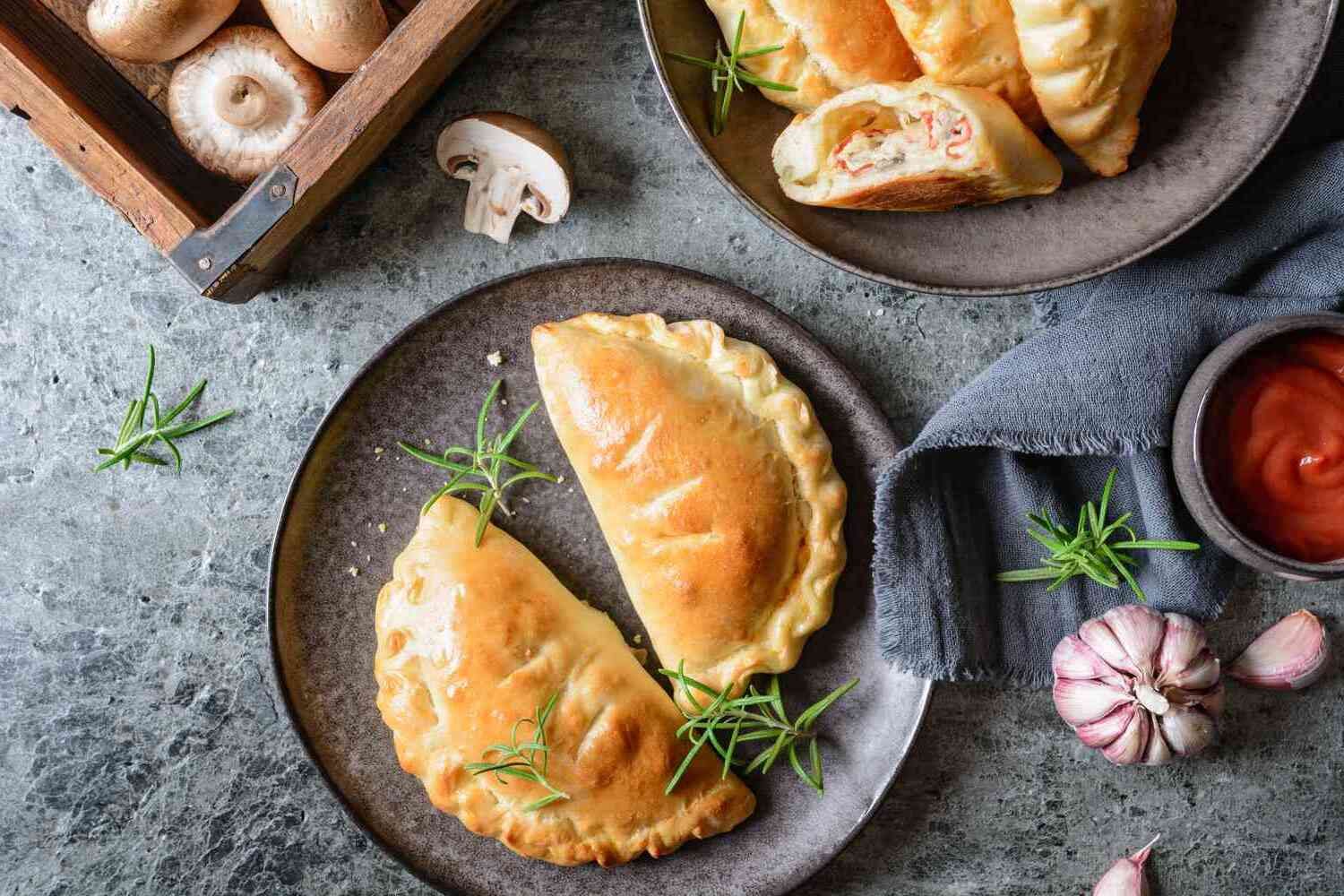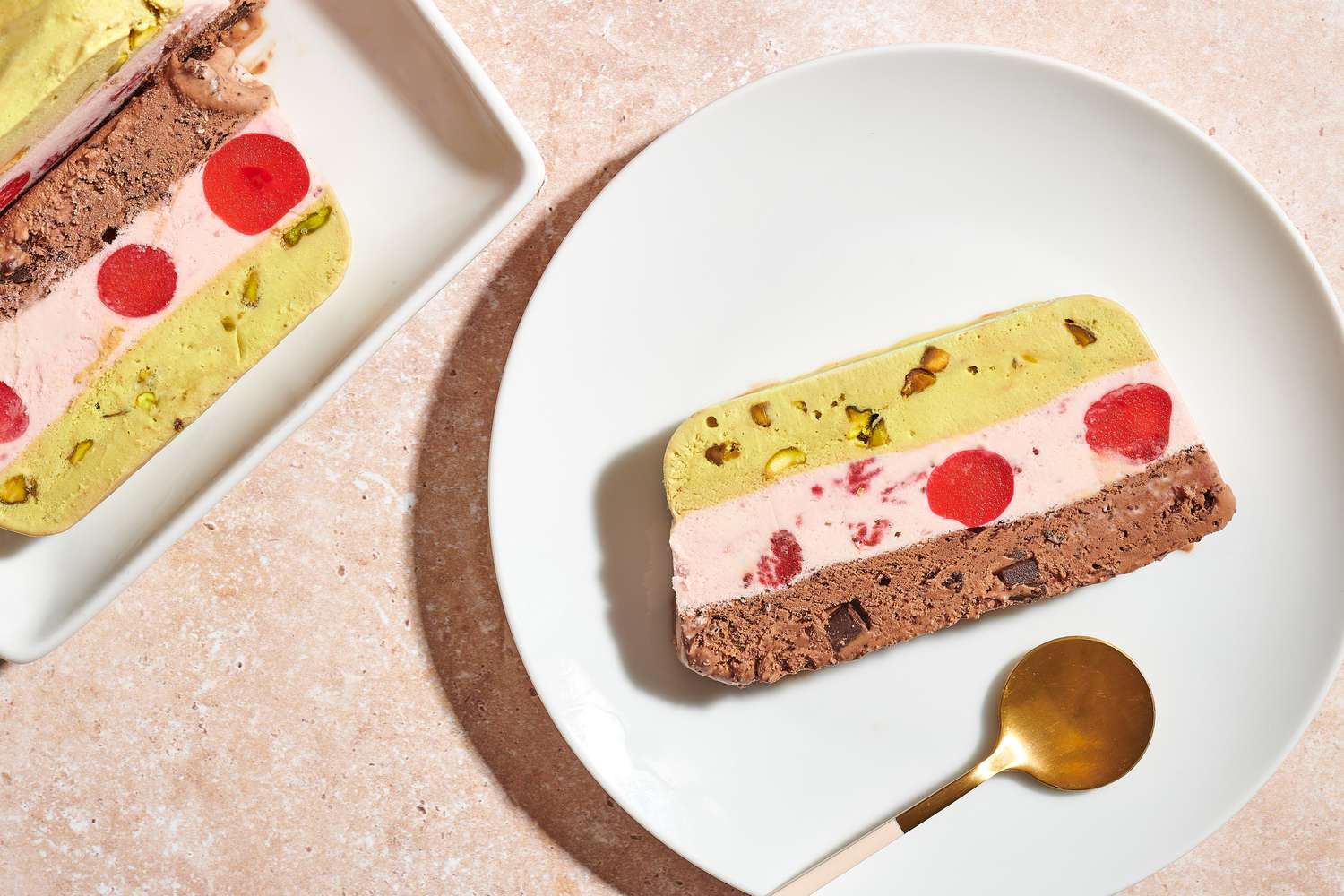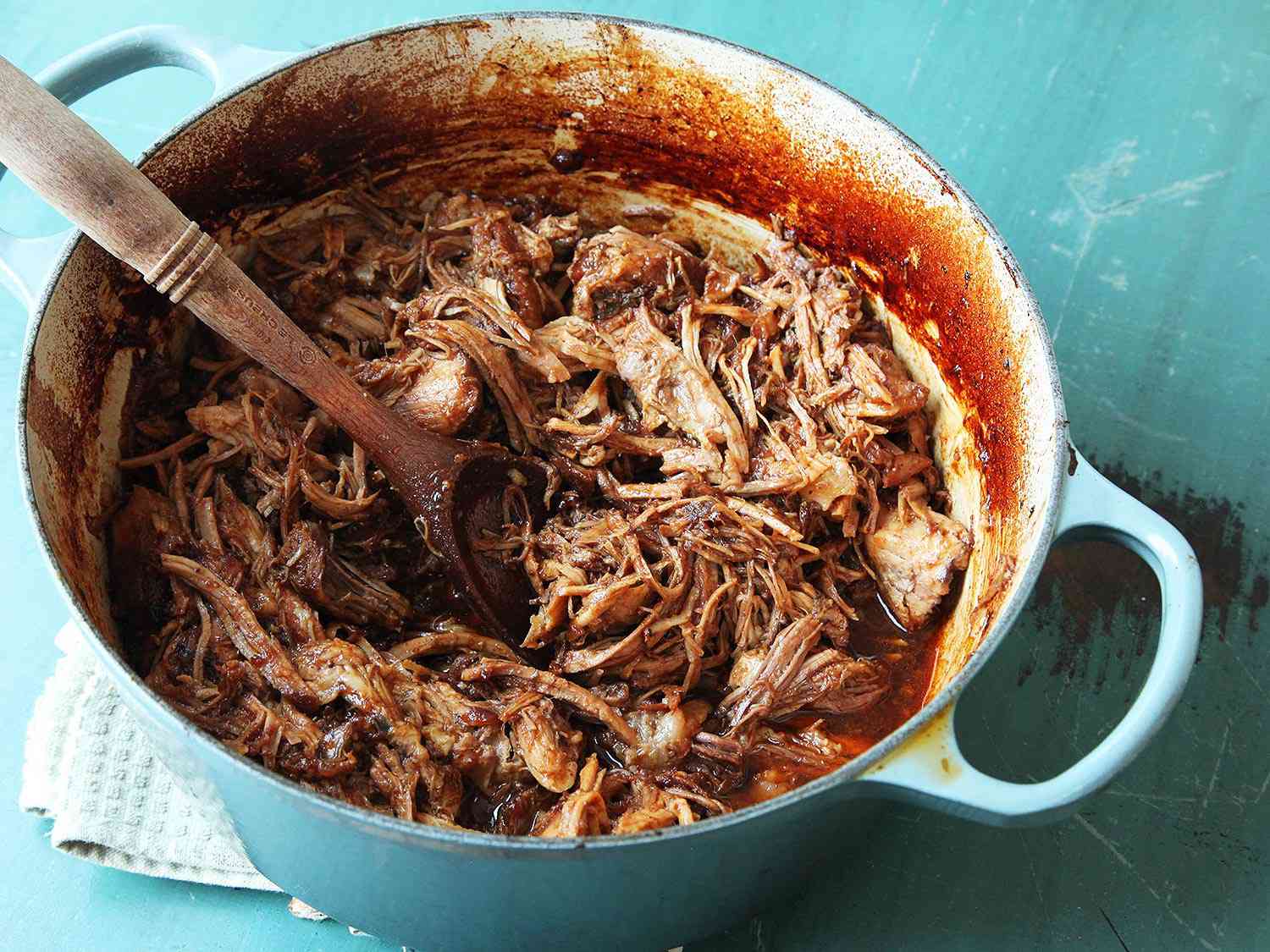Understanding Fond in Cooking
Have you ever noticed that rich, deep flavor in sauces, gravies, and soups? That’s fond, and it’s a key element in creating delicious dishes. Fond, which means “base” or “foundation” in French, is the flavorful residue that forms at the bottom of a pan after cooking meat or vegetables. This residue is packed with concentrated flavors and is a crucial component in many classic dishes.
How is Fond Created?
When you cook meat or vegetables in a pan, the natural sugars and proteins in the food caramelize and form a brown crust on the bottom of the pan. This crust is the fond, and it’s the result of the Maillard reaction, which occurs when the food is exposed to high heat. The fond adds depth and complexity to dishes, making them more flavorful and aromatic.
Uses of Fond in Cooking
Fond is a versatile ingredient that can be used in a variety of ways to enhance the flavor of your dishes. Here are some common uses of fond in cooking:
- Sauces: Fond is often used as the base for sauces, such as pan sauces and gravy. The fond is deglazed with liquid, such as wine or stock, and then reduced to create a rich and flavorful sauce.
- Soups and Stews: Adding fond to soups and stews can elevate their flavor profile, giving them a deep, savory taste.
- Flavoring: Fond can be used to flavor rice, quinoa, or other grains, adding a delicious depth of flavor to the dish.
How to Use Fond in Cooking
Here’s a simple step-by-step guide on how to use fond in your cooking:
- After cooking meat or vegetables in a pan, remove the food and set it aside.
- Deglazing: Pour a liquid, such as wine, stock, or water, into the hot pan with the fond. Use a spatula to scrape up the browned bits from the bottom of the pan.
- Reducing: Allow the liquid to simmer and reduce, concentrating the flavors and creating a rich sauce or base for your dish.
- Straining: If desired, strain the sauce to remove any remaining solids, leaving behind a smooth and flavorful liquid.
Conclusion
Fond is a fundamental element in creating delicious and flavorful dishes. Its rich, concentrated flavors can elevate the taste of sauces, soups, and stews, adding depth and complexity to your cooking. By understanding how to create and use fond, you can take your culinary skills to the next level and impress your friends and family with restaurant-quality meals.
So, the next time you’re cooking up a storm in the kitchen, don’t overlook the fond – it might just be the secret ingredient that takes your dish from good to great!
Was this page helpful?
Read Next: What Is Huevos Con Chorizo
